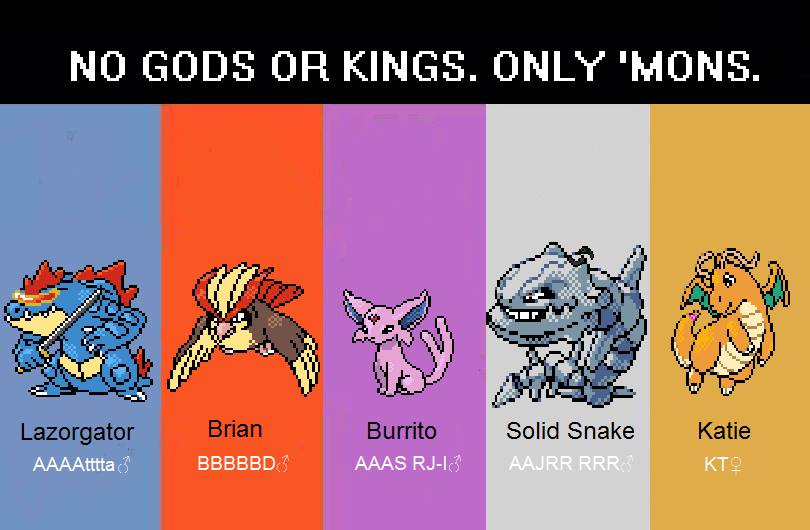

He cites Hades and Celeste as key examples. Rudeism admits that difficulty is a core part of the Dark Souls experience, but being able to tailor that to a player's ability doesn't diminish the value of that experience. And I think that's where things like that difficulty option come in really handy." "So when you factor that in, and you have situations like Twin Princes, it can become literally impossible. "There's going to be that built-in delay there, where things take a little bit longer than they might for a fully abled person," he says. That somewhat replicated the experience a disabled person may have playing Dark Souls. "I kept dying over and over again in the first phase because I just couldn't react fast enough to what was going on," says Rudeism.
#PLAY POKEMON CRYSTAL CLEAR CODE#
The Morse code controller has a 250 millisecond delay to allow for input sequences to trigger, but in a game like Dark Souls that delay can literally mean the difference between life and death.

It was the boss battle with the Twin Princes, the penultimate of the game, that really brought accessibility into focus due to the high speed attacks of the boss. "It's just a different medium, I guess."Īll of this is in the name of accessibility, to prove that alternative control schemes can work with a little ingenuity and time to learn. And it kind of ends up being the same with a weird thing like the Morse code controller as well. "We're so used to our standard controllers now that we don't need to think about where B is or where A is, you just do it. Eventually, over the course of a playthrough of around 60 hours, the controls felt natural. Learning those sequences was also tricky, although some inputs carried over from the Mario playthrough for which he used a cheat sheet. Then there's character movement, camera lock-on, using items and switching weapons, with complex but little used actions set to a maximum of four input sequences. "The way that I laid it out was that I made sure that the inputs that I'm using the most frequently are assigned to the shortest sequences, so attack and roll are the two biggest things that you probably do in a fight," he says. Manage cookie settingsĪfter experimenting with Doom Eternal, which was nigh on impossible due to the lack of lock-on while aiming, Dark Souls 3 was the natural next step as "the traditional hard game".įirstly, Rudeism had to decide which moves would correspond to which inputs on the single button, be they short presses, long presses or whole sequences of presses. This content is hosted on an external platform, which will only display it if you accept targeting cookies. (DLC to come)Īnd just because it can be beaten with one button doesn't mean games like Dark Souls shouldn't have accessibility & difficulty options! ? /DporRqC15E- Rudeism October 24, 2021 It's just a button in a box," he quips.ĭark Souls 3 has been beaten with Morse code! ?ġ9 bosses, 258,250 button presses.

"I designed the controller, which to be fair isn't the most complex thing in the world. Previously, he played through Super Mario 64 with a similar control scheme, having had the idea to play a game with one button. The one button Dark Souls 3 run Rudeism streamed on his Twitch channel wasn't the first time he's experimented with Morse code as an input. "That's why difficulty options are necessary and why they make games more accessible because they can lower those obstacles so that people can get through them, not necessarily for the sake of just making it easy, but so that people can have a challenge that's scaled for them." And if they have some form of disability that makes it naturally harder for them to cross those obstacles. the problem then becomes players' ability to cross those hurdles. "What is objective are the obstacles that are placed in front of you. "Dark Souls is easy for some people, it's hard for others, it's impossible for others," he says. For him, difficulty is a subset of accessibility options and should be included to open games up to a wider audience.


 0 kommentar(er)
0 kommentar(er)
